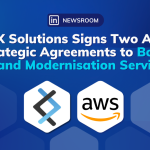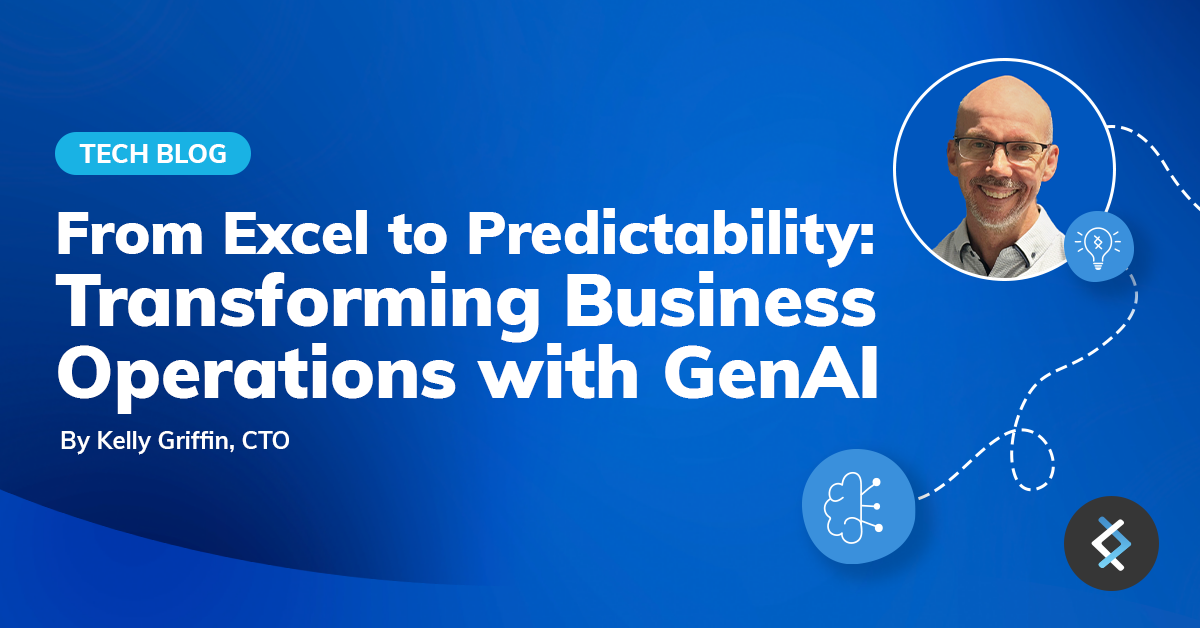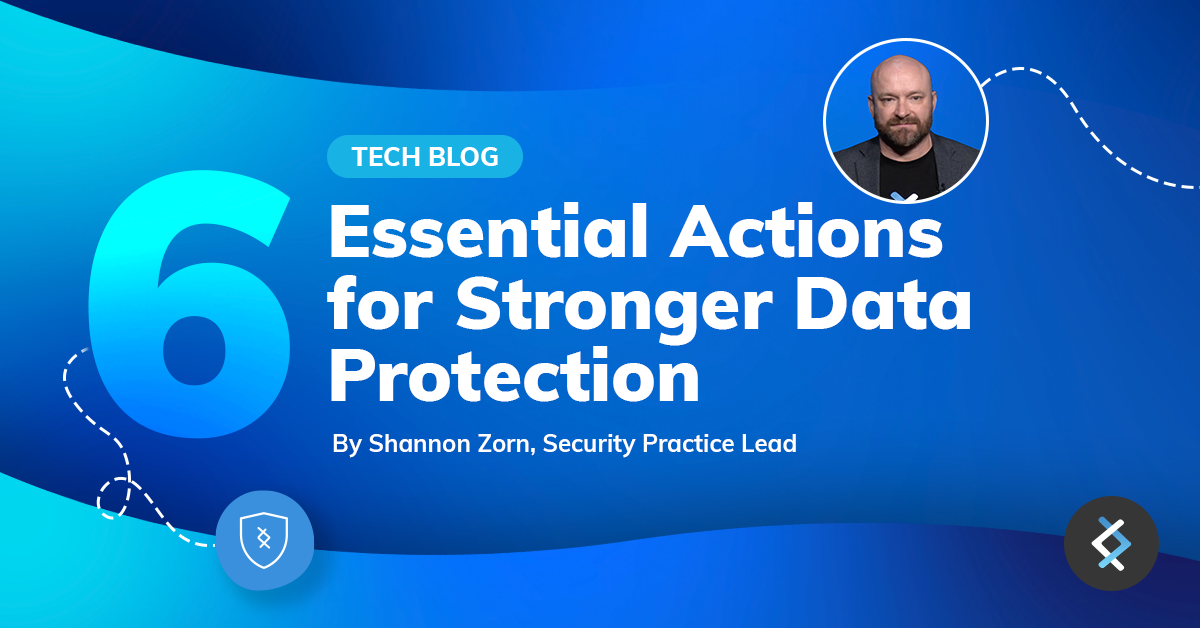
For many businesses, uninterrupted access to technology is essential. However, some overlook its importance or fail to prioritise setting up proactive measures to safeguard it, leaving themselves vulnerable when disaster strikes.
Imagine a scenario where a sophisticated cyberattack paralyses your trading platform, leaving investors in the dark and funds frozen. Or, a regional power outage slams the brakes on your payment processing system, halting transactions and causing critical delays. Do you have a plan in place to respond to these events? Is it comprehensive enough to ensure your operations continue smoothly so your customers remain unaware of any disruptions?
Everything hinges on seamless access to technology, a single disruption can lead to a domino effect of negative consequences.
The Importance of Disaster Recovery
Gone are the days when “disaster planning” was an optional checkbox on the business continuity list. Research by Ponemon Institute reveals that just one minute of downtime can cost a business over $10,000, with hourly costs soaring up to $600,000. But the stakes go beyond financial losses:
- Damaged reputation: The inability to fulfil orders, respond to inquiries, or process transactions can quickly erode customer trust and brand image. Just one negative online review can have long-lasting repercussions.
- Regulatory non-compliance: Downtime might violate data privacy regulations or service-level agreements, leading to hefty fines and penalties.
- Data loss: The financial consequences of data loss can range from thousands to millions, depending on the data volume. Studies show that even minor data losses can cost businesses significantly.
But what if you could transform your vulnerability into resilience? What if you could build an impregnable fortress, shielding your empire from unforeseen events and ensuring uninterrupted service, unwavering data security, and increasing customer confidence? With Disaster Recovery solutions on AWS, you can do just that.
Strategic Resilience through Disaster Recovery
When every minute of downtime can result in substantial financial losses and reputational damage, getting back online with as little disruption as possible is paramount. Think of disaster recovery (DR) as your business’s superhero in times of crisis. It’s a predefined plan, integrated within your broader Business Continuity Plan (BCP), ensuring you not only survive but thrive in adversity.
Both DR and BC are vital for business resilience, but they play distinct roles:
- Business Continuity (BCP): The immediate responder, focused on minimising downtime and keeping core operations running during a crisis. Think of it as putting out the fire, activating backup systems, and ensuring critical functions like communication and transactions continue.
- Disaster Recovery (DR): The long-term hero, focused on restoring full functionality and data after the immediate crisis subsides. Think of it as rebuilding the fire-damaged property but also considering ongoing challenges like transportation disruptions. It’s crucial to remember that your DR plan is not standalone; it’s a subset of your BCP, ensuring your recovery efforts align with your broader business objectives.
Think of them as a tag team: BCP handles the initial blow, and DR helps you rebuild stronger.
Why Choose Cloud-Based DR with AWS?
The traditional approach to disaster recovery (DR) often involves expensive, complex on-premise setups. But in an ever-evolving technological landscape, businesses need smarter, more agile solutions. Enter cloud-based Disaster Recovery—a game-changer for businesses seeking resilience in the face of adversity.
Disaster recovery is essential, and the cloud makes it easier:
- Cost-Effectiveness: With AWS, you only pay for the resources you use, allowing you to scale up during emergencies and scale down afterwards. No more hefty upfront investments or underutilised hardware – it’s pay-as-you-go protection for your environment.
- Effortless Scalability: Businesses are dynamic, and your DR solution should be too. With AWS, seamlessly adapt your DR plan to fluctuating demands, ensuring preparedness regardless of growth or unexpected surges. Whether you’re facing a small skirmish or a full-blown digital siege, AWS has your back.
- Built-in Redundancy: Disasters respect no borders, so don’t let geographical limitations hamper your resilience. AWS’s geographically dispersed data centres provide automatic failover, instantly shifting your operations to unaffected regions.
- Automated Recovery: Time is of the essence when disaster strikes. With the right architectural solution and recovery processes, AWS streamlines restoring your systems and data. Minimise downtime and get back to business faster than ever.
By embracing simplicity and agility in your DR approach, you can effectively navigate through disruptions and emerge stronger on the other side. With AWS, you have the tools and support you need to fortify your business against unforeseen events and safeguard your organisation’s future.
Building Your Disaster Recovery Solution on AWS
But how do you begin constructing your DR Plan? Let’s delve into the process of initiating your disaster recovery solution on AWS:
- Assess Your Business Needs: Begin by conducting a comprehensive assessment of your business requirements. Determine the required Recovery Point Objective (RPO) and Recovery Time Objective (RTO) for each component. The RPO is the maximum amount of data loss that is acceptable, and the RTO is the maximum amount of time that can elapse before the system must be restored.
- Select the Right AWS Services: AWS offers a wide range of services specifically designed for disaster recovery, including AWS Backup, Amazon S3, and Cross-Region replicas for RDS.
- Design Your Disaster Recovery Architecture: Design a disaster recovery architecture on AWS that leverages best practices and industry standards. Consider factors such as multi-region redundancy, fault-tolerant architectures, and automated failover mechanisms.
- Implement Monitoring and Testing Mechanisms: Implement robust monitoring and testing mechanisms to validate your disaster recovery plan on AWS.
- Document and Update Your Plan: Document your disaster recovery plan comprehensively, including architecture diagrams, runbooks, and escalation procedures. Ensure that all stakeholders have access to the plan and understand their roles and responsibilities.
Remember, disaster recovery is not a one-time task; it’s an ongoing process that evolves with your business. With the right strategy and tools in place, you can proactively manage risks and safeguard your organisation’s future.
Take the First Step Towards Resilience Today
No matter the size or scope of your business, a robust Disaster Recovery Plan is non-negotiable. It’s your lifeline during crises, ensuring continuity and safeguarding your business’s future. But navigating the complexities of disaster preparedness can be daunting, especially when time and resources are limited. That’s where DNX comes in.
Our expert team is here to provide guidance and support every step of the way, making the process seamless and straightforward. Don’t wait until disaster strikes – let us help you build a resilient future for your business. Reach out to DNX today to get started.



















